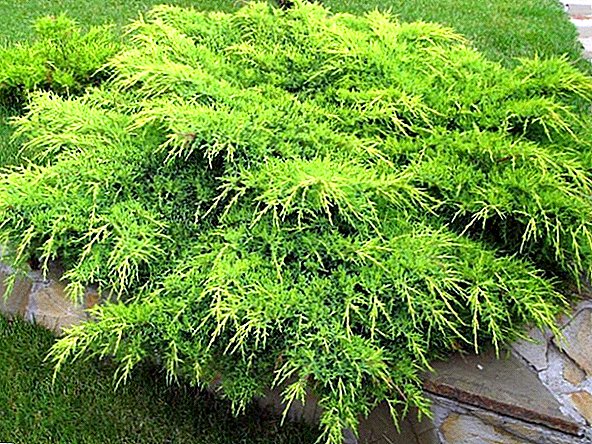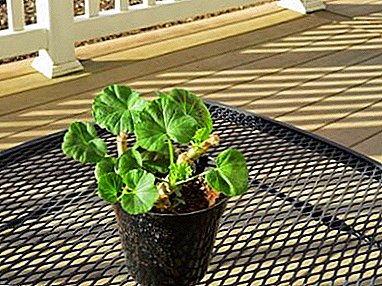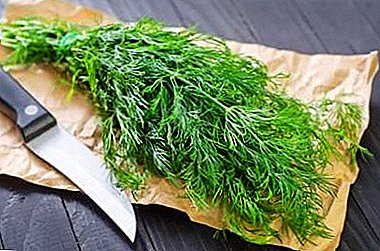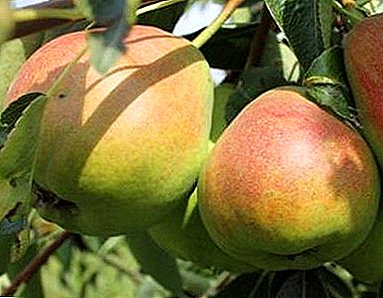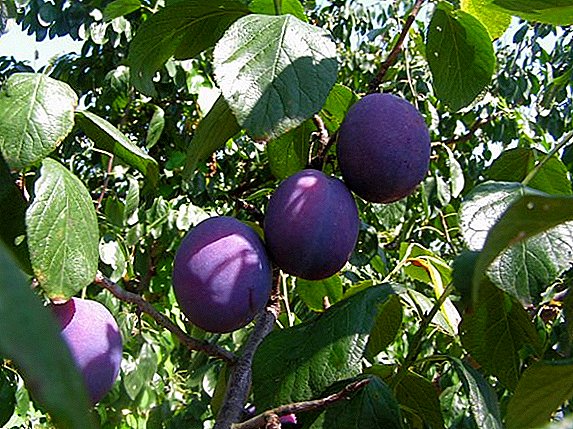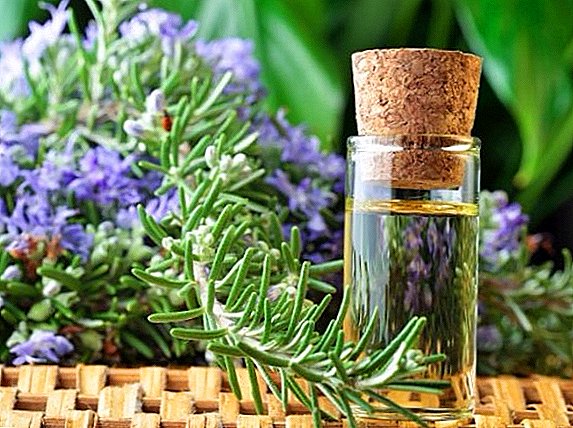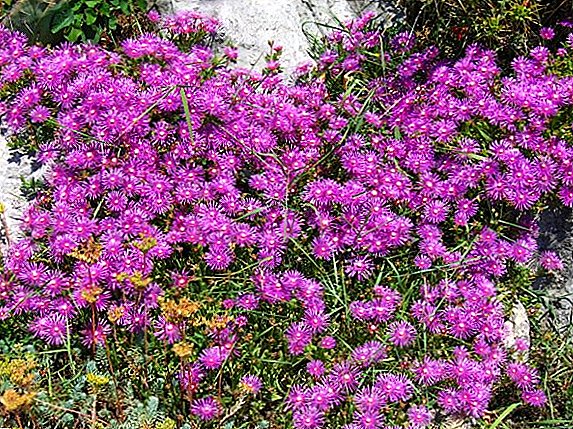 A beautiful and colorful plot can be for everyone, even a not very experienced gardener. And even if it is impossible to provide daily watering and it is necessary to plant them in an open, arid area, it does not matter. Consider some drought-resistant plants as examples for planting in a sunbed, which will bloom, please with lush greenery and create comfort in your garden.
A beautiful and colorful plot can be for everyone, even a not very experienced gardener. And even if it is impossible to provide daily watering and it is necessary to plant them in an open, arid area, it does not matter. Consider some drought-resistant plants as examples for planting in a sunbed, which will bloom, please with lush greenery and create comfort in your garden.
Drought-resistant herbs
When making a sunny flower bed, you should pay attention to herbs that will help to complement your flower garden with lush greens and give it volume.
Important! The main advantage of decorative cereals is that they are able to take root even in the most, at first glance, adverse corners of the garden. These plants are immune to pests and diseases.Examples of such drought resistant plants:
- winding meadow - forms hummocks from thin blades of grass of bright green color. It is not picky to the soil, tolerates frost well and is great for planting in an open area;
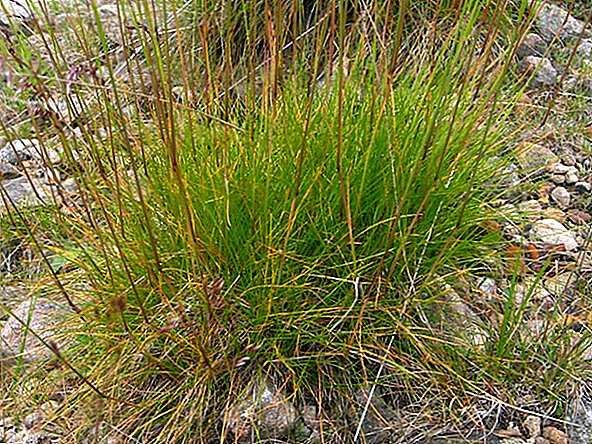
- tonkong gray - low drought-resistant grass of green-gray color, and this is due to its name. It survives well in sunny areas and does not need any specific care;

- reed canary - grows well in both sunny and shady areas. Its main feature is white leaves;
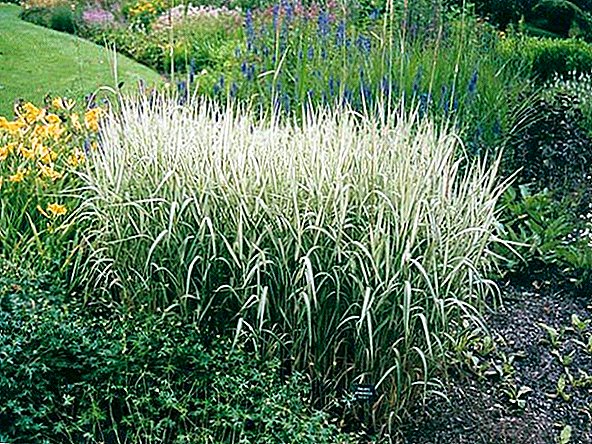
- zhiruchka - An excellent plant that absolutely does not need watering and loves sunny places. There are many varieties of zhivuchki, which differ in a variety of colors.
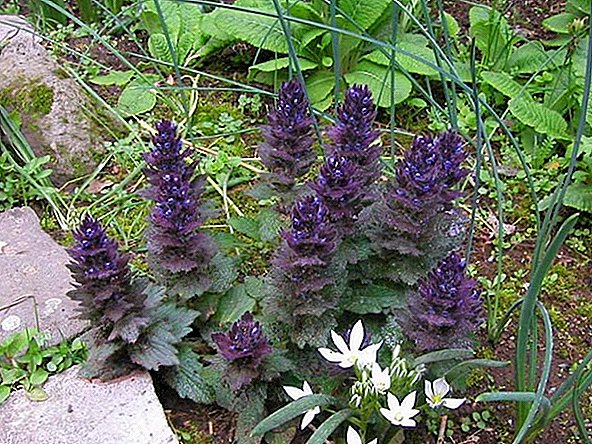
Sun-loving flowers for flower beds
In nature, there are lots of plants that we can land in a sunbed. And in the search for drought-resistant flowers for flower beds, we advise you to pay attention to perennial flowers, which do not need to be sown every year. Another advantage in favor of perennials is the fact that they are quite unpretentious and do not need special care.
Liatris, Echinacea purpurea, yarrow, catnip, rue, sage oakwood, Carpathian bell, geranium and chistets are perennial plants that will delight you for many years.
- In April-May, you can land cornflowers They prefer sunny places and unpretentious to the soil. These perennials need to be planted at a distance of at least 30 cm, otherwise the plants will shade each other. Cornflower does not require special care after planting and is resistant to pests and diseases. In order for your sunbed to look neat, you need to remove the flowers that have faded.
Did you know? Cornflowers are perennials that are widely used in classical medicine. Part of antiseptics and drugs for the treatment of diseases of the eye, liver and biliary tract. In folk medicine, inflorescences are used to make various tinctures that help in cosmetology and even gynecology.
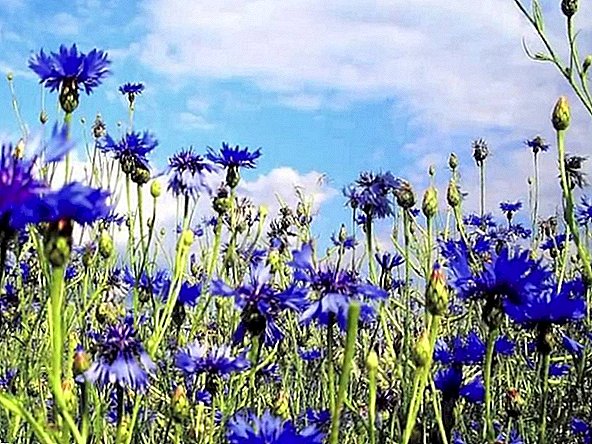
- A sunny mood on your flower bed will create doronicum While the rest of the plants are only gaining strength, and the bulbous plants have already bloomed, doronicum will delight you from May to June. More than 40 species of this plant are known. The flower perfectly adapts to any conditions, so a sunny flower bed is perfect for planting it. When you care should be borne in mind that the plant has a shallow root system, and carefully weed weeds and loosen the soil, so as not to damage the perennial.
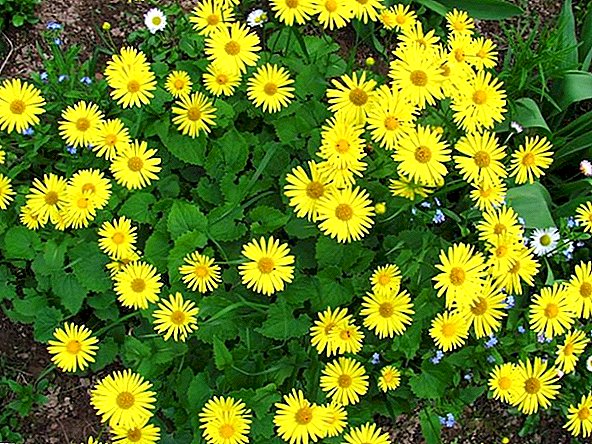
- Lush and bright lupins which also land in this period are not only unpretentious, but still bloom twice: in June-July and August-September. They can be planted one at a time, or in groups of 2-3 plants, in which case in a couple of years you will get powerful bushes. The root system of this plant is very strong and goes to a depth of 1 meter. It should be borne in mind that the seeds of this perennial are poisonous and it is necessary to cut the stalks in time. But the stems of faded lupine will be the perfect fertilizer for your flower bed.
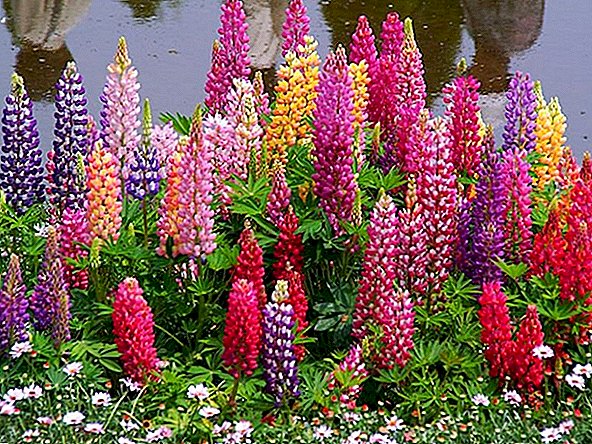
- The list of colors, perfect for an open sunbed, includes little brilliantblooming throughout the summer. This plant is deservedly preferred by novice gardeners and designers. After all, when choosing this perennial you get fluffy green bushes, which also bloom profusely. Mellecomancer frost-resistant, not capricious and sun-perennial perennial.
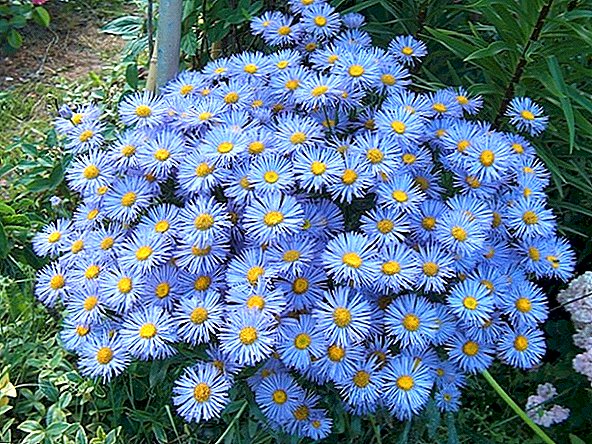
- You can also land at the end of May. nasturtium. This herb with bright flowers has about 90 species, it can be both upright and ampelous. The plant does not require special care, but during flowering it is desirable to provide moderate watering. And, of course, to maintain the well-groomedness of your flower bed, you should remove dried flower stalks.

- Carnation has many varieties and colors and is perfect for sun beds. In addition to the abundance of colors, it also has a pleasant aroma. All varieties of carnations are perfectly combined with other plants in the flowerbed, not capricious to the neighborhood.
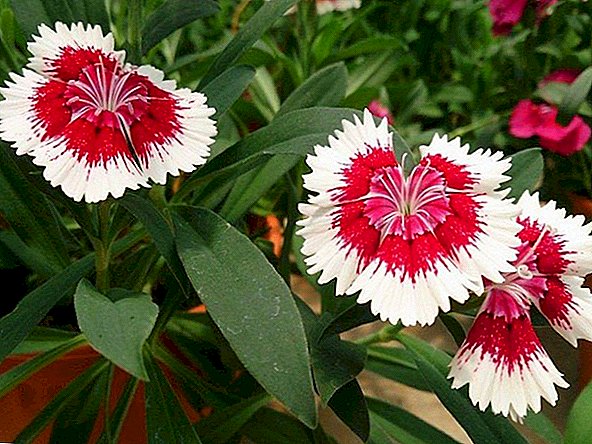
Did you know? The Greek name for Dianthus carnations is translated as "divine flower".
Ornamental trees and bushes for a sunny site
Due to the continuous work of scientists and incessant breeding, more and more species of drought-resistant plants for the garden appear every year. Sometimes habitual and beloved by many plants acquire a new form and become less capricious.
- Spirea. There are several types of this shrub. If we consider their differences, the most obvious of them is the color of flowers. So, bushes that bloom in spring have white flowers, and representatives of summer varieties have pink and red. The height of the spirea reaches a little more than 2 meters. The clear advantage of this drought-resistant shrub is that it does not require any specific care, except for timely trimming of the shrub.
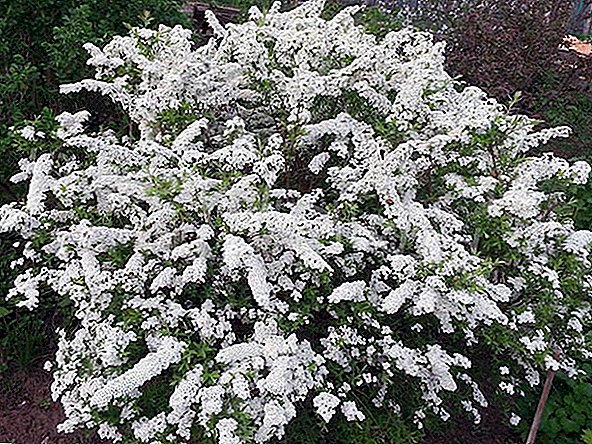
- Norway maple - Sun-loving plant with rather compact dimensions. The height of this tree reaches 5-6 meters. Pruning this unpretentious tree is at your discretion. Maple grows on all soils and creates a thick shadow.

- Syrian hibiscus - this shrub loves sunny and hot places so much that even a cool summer can break its flowering. At the same time the plant will pleasantly surprise you with a wide palette of colors and many varieties. The height of this drought-resistant plant reaches 1.5-2 meters.
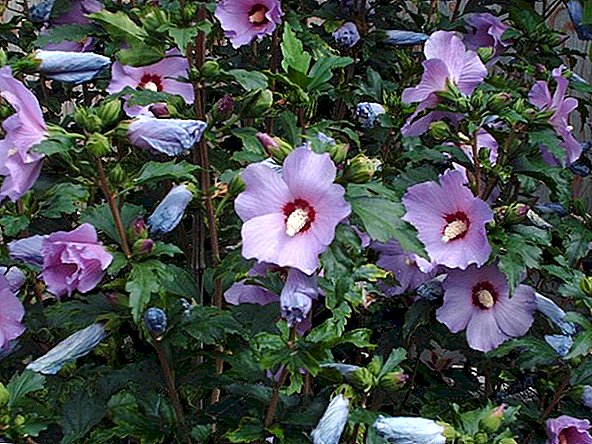
- Decorative Apple Tree - this tree is more like a large shrub. His gorgeous flowering crown will not leave anyone indifferent in the spring, and in the fall the tree generously presents you with edible fruits. Apple trees grow from 2 to 9 meters in height.

Important! Saplings of decorative apple trees must be purchased in proven specialized stores. The tree is very vulnerable to pests and diseases, so be careful when buying!
- Juniper, its dwarf varieties and medium-sized shrubs. This shrub loves the sun very much and is absolutely not picky about the soil.
